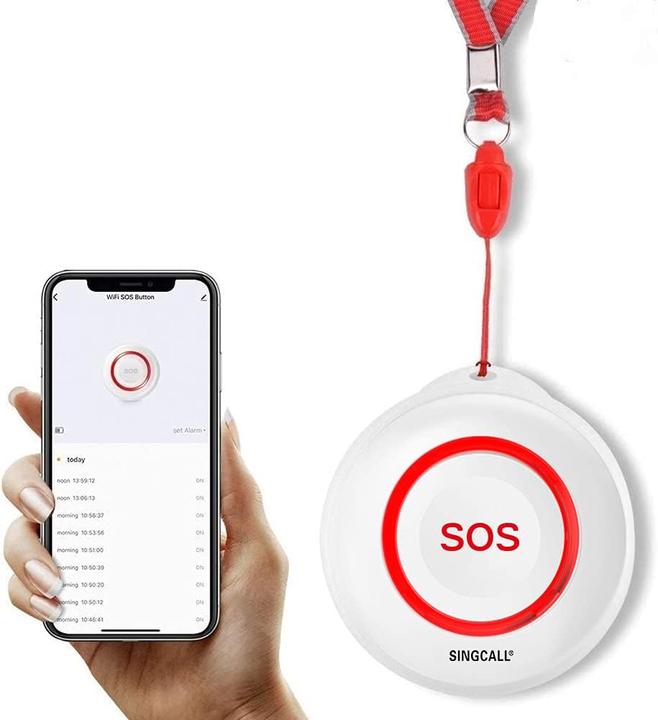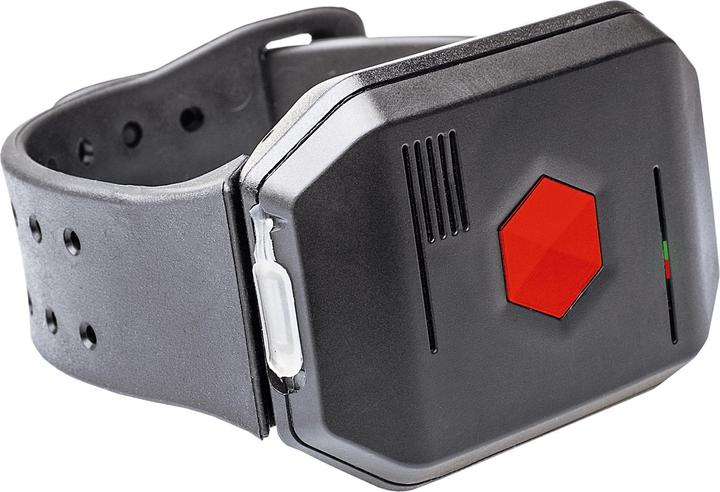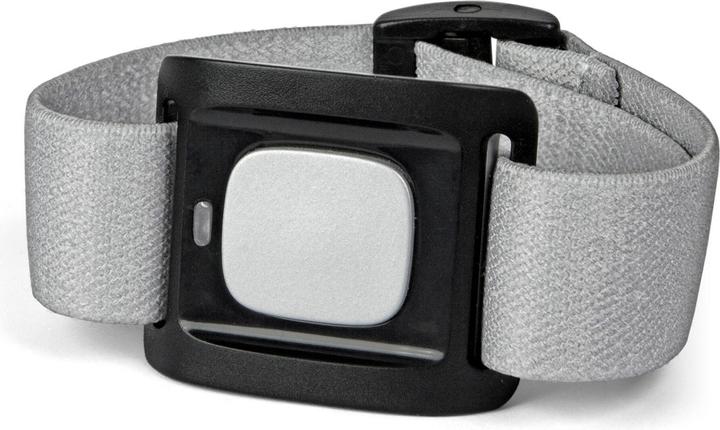

Home Alone: when is your child ready – and what if you don’t have a landline?
When I stayed home alone as a kid, I knew how to reach my mum: by phone. But my family has no landline, and my kids don’t yet have their own mobiles. What are the alternatives? And what else do I need to watch out for when leaving them alone at home?
My daughter wants to be left alone. No, not just in her room. Not in the garden either. She wants to stay home on her own while I’m out.
I always knew this day would come. But I’d never considered when that might be. Now that it’s here, it feels strange. Is she old enough? Is she ready? For how long can I leave her alone? She just turned seven, has a good head on her shoulders and has relatively few hare-brained ideas. Even so, I’m hesitant. Am I ready for this?
No law, no rules
I search the web for guidelines – and find no clear answers. The law doesn’t prescribe when and for how long you’re allowed to leave your child alone, apart from the general duty of supervision and parental care. So, it comes as no surprise that the recommendations vary:
- According to German parenting magazine Eltern.de, children under the age of three should never be left unsupervised. From the age of four, children can be left alone for 15 to 30 minutes as long as a caregiver is nearby. From the age of six, one hour alone is okay. From the age of seven, two hours. And from the age of ten, longer periods of time are acceptable.
- According to Swiss parenting platform Letsfamiliy.ch, children under the age of four must always be supervised. From the age of nine, they can be left alone for a maximum of one hour, but only in a safe area or at home, and only if a parent is in the immediate vicinity. From the age of twelve, they can be left alone for an entire evening (until midnight) – provided they feel comfortable with it and have someone they can ask for help in an emergency.
- According to Familie.de, children under the age of three should never be left alone. Three- to five-year-olds should be checked on every 15 minutes to make sure everything’s alright. From the age of six, a child can be left alone for one hour, and from the age of seven for two hours. Anything longer than that is to be reserved for children ten years and older.
I decide to get in touch with the Office for Youth and Vocational Guidance of the canton of Zurich. The response I get is very non-committal; they don’t want to state any numbers. Their reasoning? The decision to leave your child alone at home depends on a number of factors in addition to age. For example, how mature your child is, how safe your home and surroundings are and what time of day it is. According to the Office for Youth and Vocational Guidance, it’s important to discuss and practise the scenario in advance. Furthermore, you should create an emergency plan so that your child knows exactly what to do in which situation. For example, what to do in the event of a fire, injury or if the doorbell rings – «But also what to do if your child gets scared for no specific reason.»
The Office for Youth and Vocational Guidance recommends clarifying the following questions in advance:
- Under what circumstances is your child allowed to or should they leave the house? And where should they go?
- How can they get help?
- When are they allowed to open the door and when not?
- How can they reach you or other caregivers?
Landline alternatives
That last question has me in a bind. How so? Because I’m hit with the realisation that my seven-year-old daughter currently has no way of reaching me. She doesn’t have her own mobile phone yet (and I want to keep it that way for now). We don’t have a landline either (and haven’t felt the need to get one until now).
And we’re no exception. According to the Federal Office of Communications, from 2016 to 2021 the number of fixed-network customers shrank by around 25 per cent to approximately 2.9 million. It’s conceivable that many of them are households with small children who use the phone primarily as an emergency option.
But are there alternatives? I set out on a search and come across just a few options – from simple to creative.
Smartwatch for kids
One alternative to a landline alternative is a children’s smartwatch. It’s really more of a compromise if you don’t want to buy your kid their own smartphone, but still want to be able to reach them from your phone (and vice versa).
Your old phone
Have an old smartphone lying around at home? If so, you can get a prepaid card and have your kid use it as an emergency phone, provided they know how to use it, of course. Then again, this is unlikely to be a problem. After all, we live in the age of smartphones, with even one-year-olds having mastered the swipe.
Mobile phone for seniors
Mobiles for seniors are limited to the most important functions of a telephone, are easy to use and comparatively inexpensive. Perfect for the older generation – and for young children who don’t own a smartphone.
Personal alert button
Speaking of the elderly, here’s another type of product made with them in mind: personal alert buttons. These, too, can serve your kids. It’s just important to make sure that a press of the button won’t call the ambulance; most models allow you to set the SOS device to contact one or more phone numbers.
Neighbours
The traditional, analogue option? Go to your neighbours. Ask them if your child can rely on them in case of an emergency.
The classic wins out
Out of those five landline alternatives, not a single one really convinces me. An emergency button for seniors just seems over the top, we don’t own an old phone and I don’t want to buy a new emergency phone or children’s smartwatch. At least not yet. The classic neighbour option seems like the preferable alternative to me. The problem? It only works if your neighbours are at home, meaning you’re dependent on a third party and therefore less flexible.
That’s why we’ve made our decision as a family: we’re getting a landline. With that, we’re going retro like many other families with small children. And now the time has come for me to practise leaving my daughter home alone.
Because it’s not just her being alone that’s new territory. So is leaving her alone.
Header image: Katja Fischer
Mom of Anna and Elsa, aperitif expert, group fitness fanatic, aspiring dancer and gossip lover. Often a multitasker and a person who wants it all, sometimes a chocolate chef and queen of the couch.
Practical solutions for everyday problems with technology, household hacks and much more.
Show all









